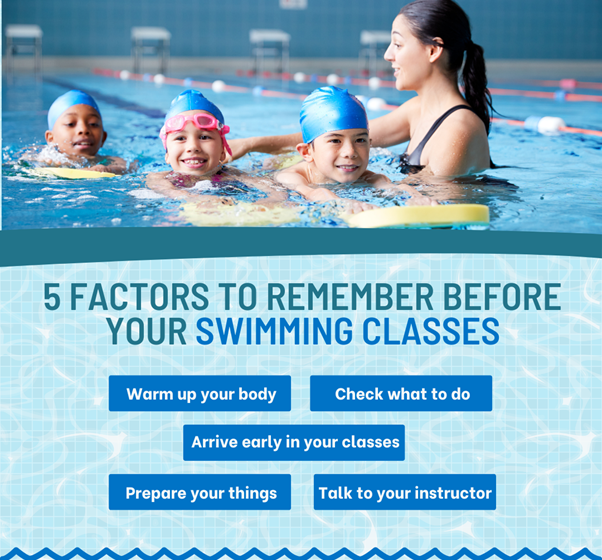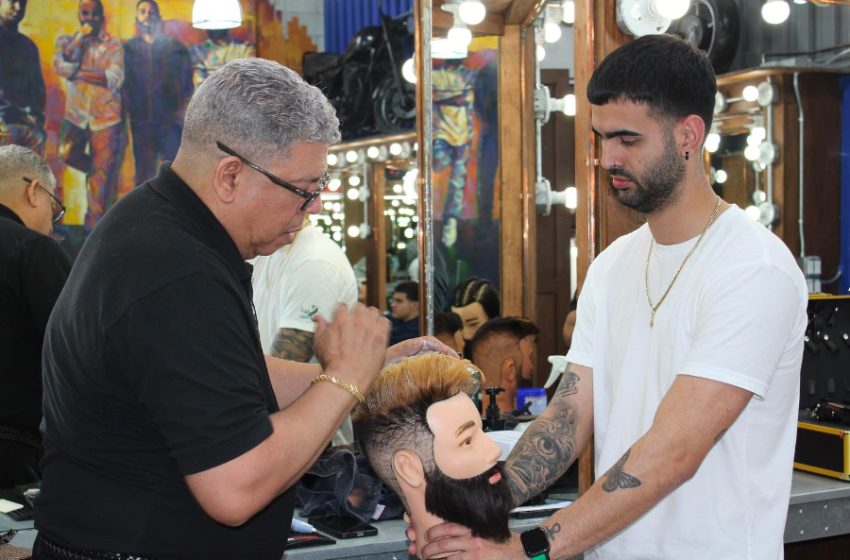The Reggio Emilia approach in Singapore to early childhood education has gained recognition worldwide for its child-centred philosophy and emphasis on creativity and collaboration. In Singapore, where educational standards are high and parents are keenly involved in their children’s development, misconceptions about Reggio Emilia preschools abound. Let’s debunk some of the most common myths surrounding these innovative educational institutions.
1. Reggio Emilia Preschools Lack Structure
One prevalent misconception about Reggio Emilia preschools is that they lack structure compared to traditional educational settings. In reality, while Reggio Emilia values child-initiated learning and exploration, it also provides a well-defined framework. Educators carefully plan learning experiences based on children’s interests and developmental stages, integrating subjects organically rather than through rigid schedules.
2. The Reggio Emilia Approach is Only Suitable for Certain Children
Another misconception is that the Reggio Emilia approach caters only to specific types of children—typically those who are naturally creative or independent. In truth, this approach is designed to support all children’s development, fostering creativity, critical thinking, and social skills regardless of their starting point. Teachers tailor activities to individual and group interests, ensuring every child benefits from the enriching environment.
3. Reggio Emilia Preschools Are Anti-Academic
Some mistakenly believe that Reggio Emilia preschools prioritise play over academic learning. However, the approach integrates seamlessly by encouraging children to explore concepts through hands-on experiences and projects. Academic skills like literacy and numeracy are woven into meaningful contexts, making learning more engaging and relevant to young learners.
4. Teachers Have Minimal Guidance in Reggio Emilia Schools
Contrary to popular belief, teachers in Reggio Emilia schools are highly trained professionals who are crucial in guiding children’s learning journeys. They act as facilitators, observing children’s interests and providing support and resources to deepen their understanding. Professional development is integral to the Reggio Emilia approach, ensuring educators are equipped to meet the evolving needs of their students.
5. Reggio Emilia Schools Lack Assessment and Accountability
While traditional assessments like tests and grades are not typical in Reggio Emilia schools in Singapore, ongoing assessment is fundamental. Teachers continuously document children’s progress through observations, photographs, and project work, creating portfolios that showcase each child’s development over time. This holistic approach to assessment provides a comprehensive view of a child’s strengths and areas for growth.
6. Reggio Emilia Preschools Require Expensive Materials and Resources
There’s a misconception that implementing the Reggio Emilia approach necessitates costly materials and resources. While authentic materials and natural resources are valued for their sensory appeal and educational value, Reggio Emilia philosophy emphasises resourcefulness and creativity. Schools often involve parents and the community in sourcing materials, fostering collaboration and a sense of shared responsibility for the learning environment.
7. Reggio Emilia Schools Are Not Suitable for Singaporean Culture
Some believe that the Reggio Emilia approach may not align with Singaporean cultural values or educational goals. However, many Reggio Emilia preschools in Singapore successfully integrate local culture and values into their curriculum. They celebrate diversity, incorporating elements of Singaporean heritage and global perspectives to enrich children’s learning experiences.
8. Reggio Emilia Preschools Are Exclusive and Hard to Access
Lastly, there’s a misconception that Reggio Emilia preschools are exclusive and difficult to enrol in. While demand may be high due to their popularity, many schools in Singapore offer Reggio Emilia-inspired programs or incorporate its principles into their curriculum. Families interested in this approach can explore different options and find schools that align with their values and educational preferences.
In conclusion, understanding the reality behind these misconceptions reveals the depth and effectiveness of the Reggio Emilia approach in Singaporean preschools. By debunking these myths, parents and educators can make informed decisions about early childhood education, recognising the value of a child-centred approach that nurtures creativity, collaboration, and lifelong learning.
For inquiries or enrollment, contact Apple Tree Playhouse today.




